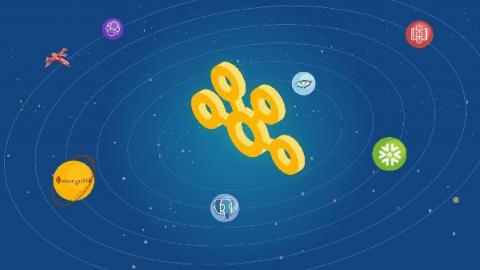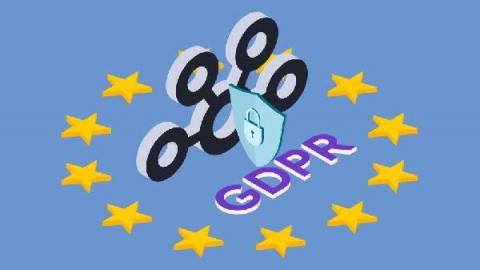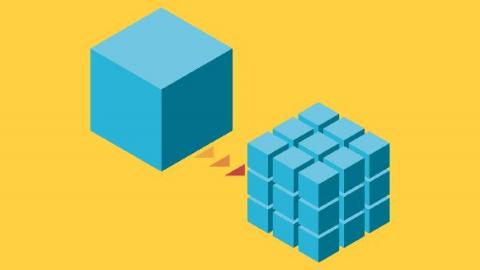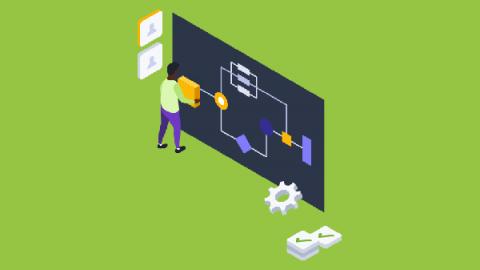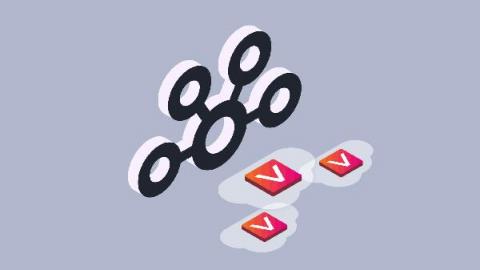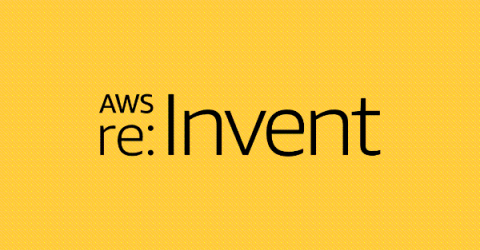In the event-driven galaxy, which metadata matters most?
As a developer, you're no stranger to your vast and varied data environment… Or are you? The tremendous amount of data your organization collects is stored in various sources and formats. You need a way to understand where and what data is, to be able to do what you need to do: build amazing event-driven applications.


